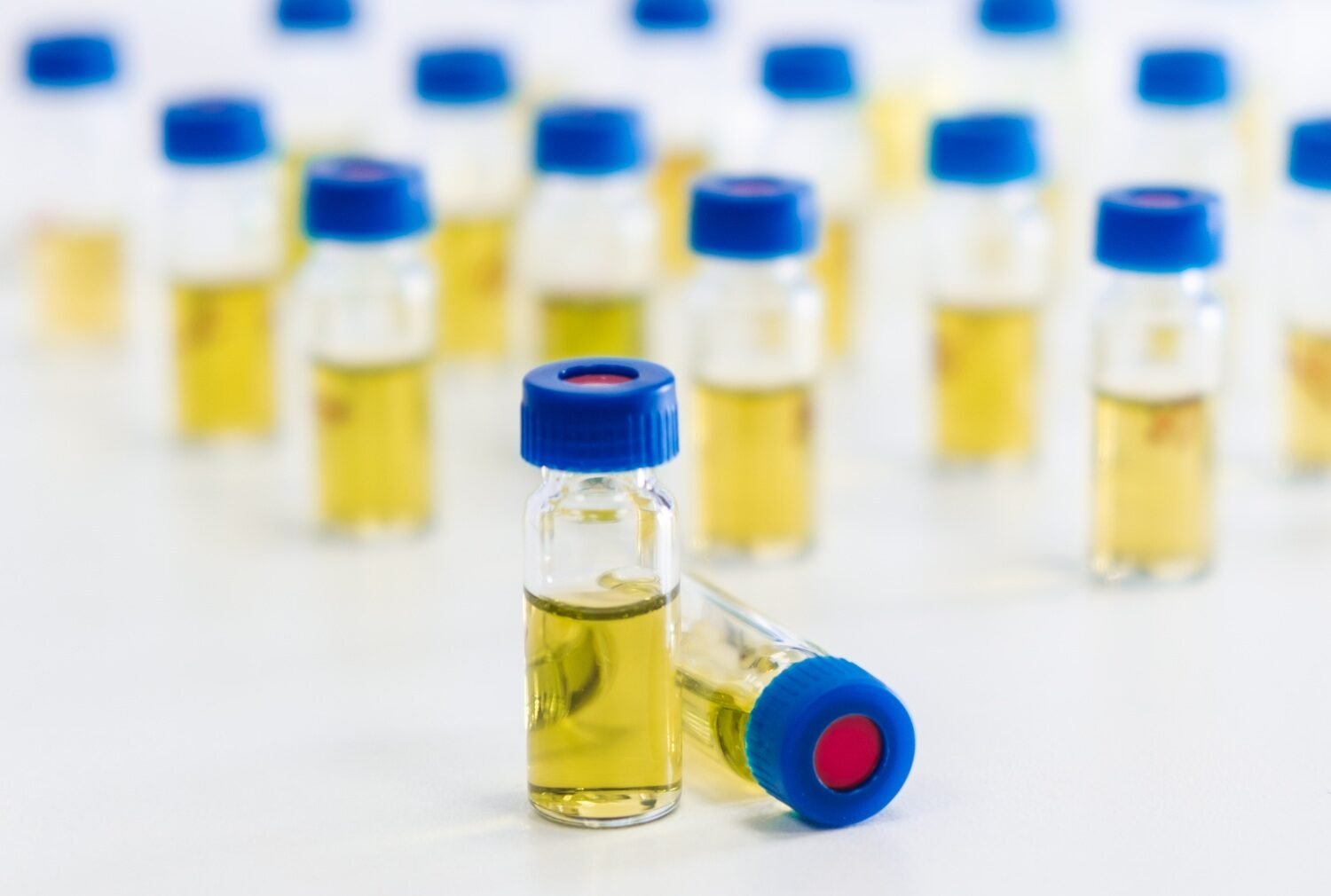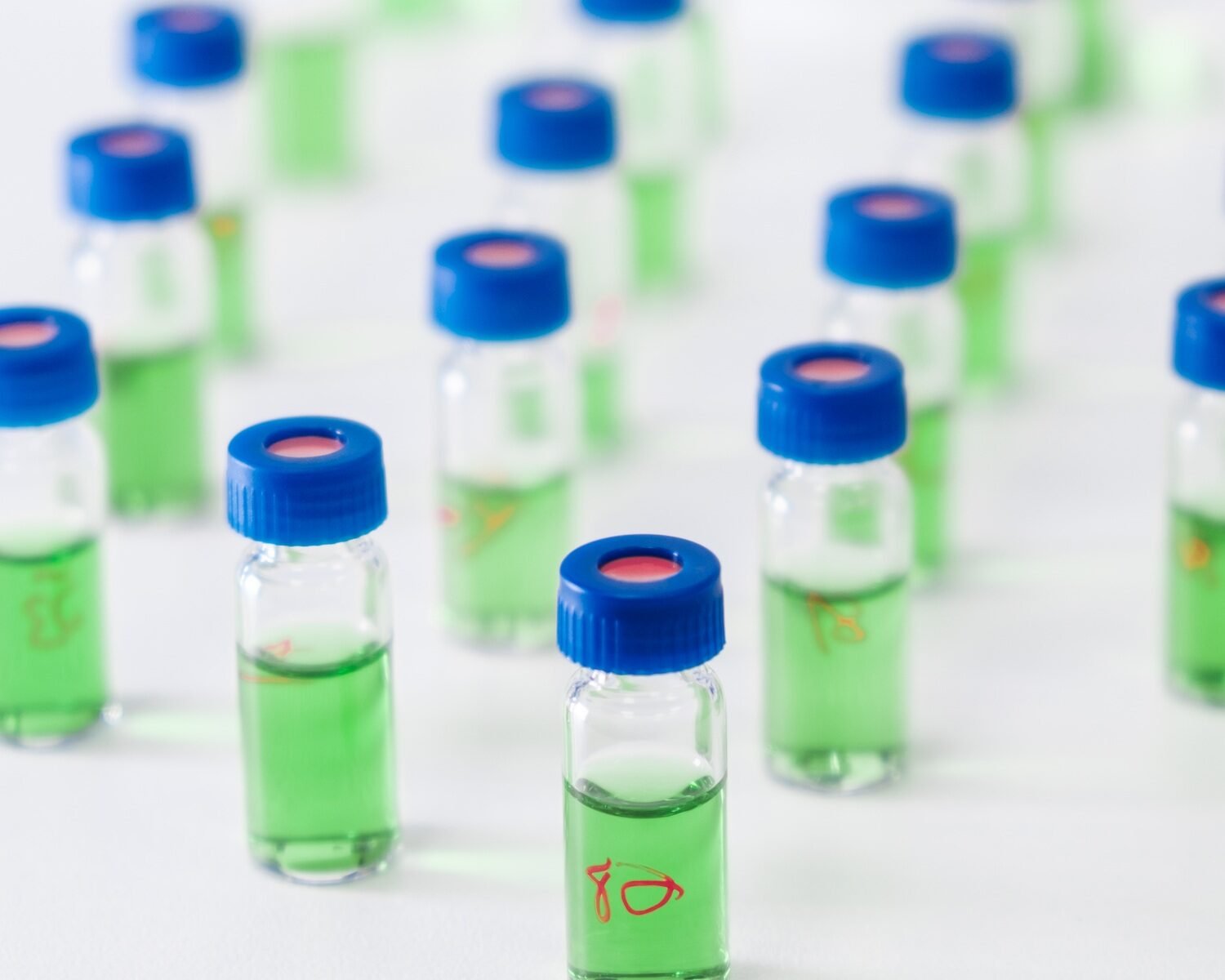If you’ve ever looked at the ingredients list of makeup, you know there are several things most of the public doesn’t understand. However, as a chromatographer, you have to know about many components if you plan to work in the field. And you’ve come to the right place.
In this article, we will analyze the role of chromatography in the cosmetics industry. Additionally, we prepared a quick how-to for makeup chromatography to make your life much easier!
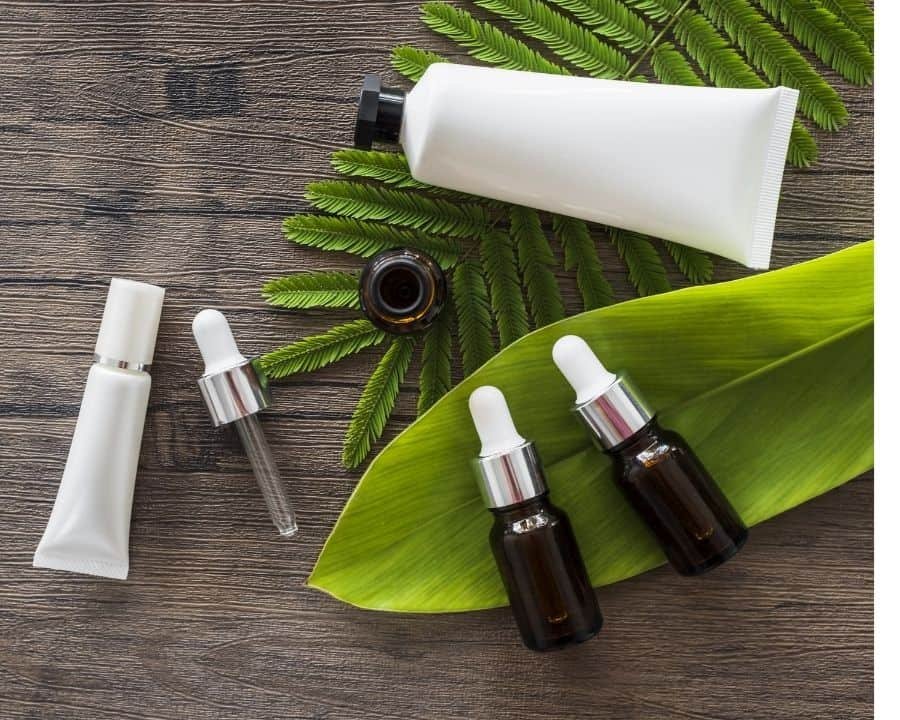
How is Chromatography Used in the Cosmetics Industry?
There is one thing you will be amazed about. We know you will because we were! Chromatography makes all the ingredients as pure as possible, including in the cosmetics industry.
You can use chromatography systems in the early stages of cosmetics manufacturing. For example, component discovery and purification.
You can produce active cosmetic ingredients in a lab or from natural sources in their raw form.
Natural product extracts might include hundreds of different components. Because of that, you may need to isolate a particular ingredient of interest from the mix.
Flash Chromatography in the Makeup Industry
First, you will use flash chromatography for the primary isolation. Use it to pre-fractionate and limit the number of components in the mixture.
After you’ve done that, do a final purification using prep HPLC.
We believe that flash chromatography is an excellent way to fractionate crude extracts or roughly cleaned fractions. The purpose of flash chromatography is to recognize active particles in a mixture. Then, you can link their bioactivities to the molecules that make them up.
Scientists in the makeup industry can load the material into a cartridge. They can load it in liquid or solid form to isolate active components.
Characterization, bioactivity testing, and HPLC purification require several fractions.
Preparative HPLC
We use this approach as the last stage in purifying bioactive materials.
After this approach, you have your creams, lipsticks, and everything in between! This is our favorite step so far.
This is a fast and flexible method for separating compounds from complex mixtures. That leaves us with a product of the highest purity.
How to Test a Lipstick Using Chromatography?
Let’s use an easy and fun example, shall we? Let’s say you want to check which lipsticks match the hue you found on your glass or clothes.
You have to take some steps to complete the search, and this is where you start.
1. Step – Equipment
You will need a few things to start the process.
- A jar with a lid
- Mobile phase/solvent
- One pencil
- A few lipsticks
- Beral Pipet
- A few toothpicks
- TLC Plate
- One big ruler
- Filter paper
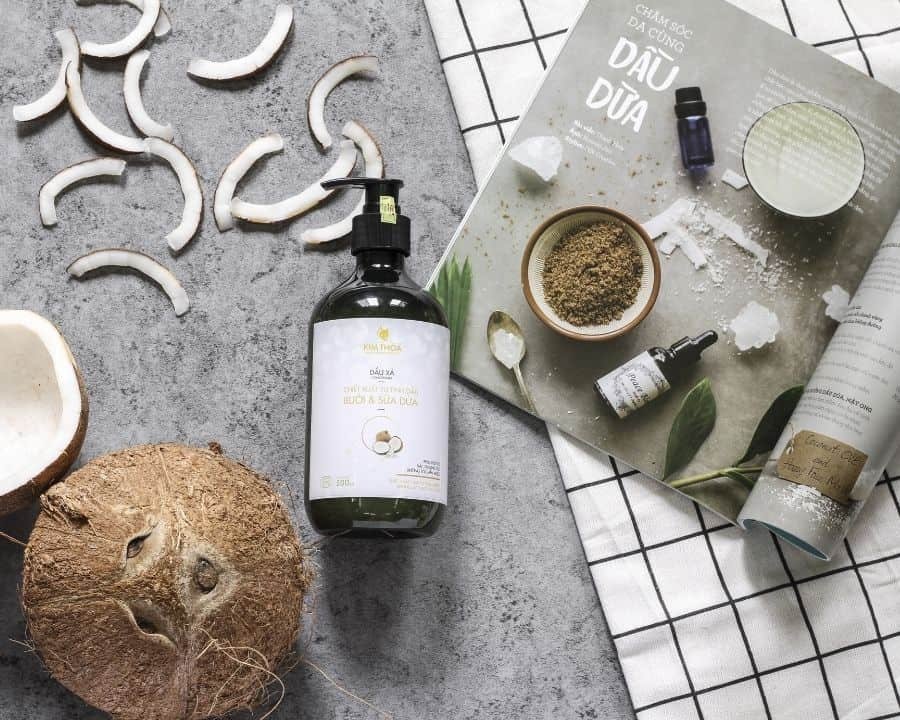
2. Step – Start the process of gathering the materials you’ll use in the lab
This is an eight-step process. It will take you some time, but you will get the wanted results in the end.
1. Gather a TLC plate, a jar with a cover, and filter paper. Avoid contact with the white silica layer by handling the TLC plate strictly by the borders.
2. Using a pencil and ruler, draw a line across the short side of the TLC plate, about 1.5 cm from the bottom of the plate. Now, write the letters that relate to the lipstick’s owner.
3. Immediately beneath the appropriate label on the top of the plate, place a dot on the bottom penciled line. To accomplish so, use a toothpick.
The spots should be roughly 0.2 cm in size and dark enough to be visible.
4. Using a Beral Pipet, pour around 6mLs of mobile phase/solvent into the container. The mobile phase/solvent must be at least 0.5 cm deep.
Place a little piece of filter paper in the jar. To saturate the filter paper with mobile phase/solvent, close the jar and spin it.
5. Place the TLC plate in the jar with the sample end down. The mobile phase/solvent must be higher than the lipstick dots. Put the cover back on.
6. Allow the mobile phase/solvent to rise one centimeter over the top of the plate (5-10 minutes.)
Keep an eye on the mobile phase to ensure it does not reach the plate’s very top. Next, remove the TLC plate and mark the solvent front with a pencil.
7. In centimeters, calculate the distance traveled by the mobile phase/solvent. Also, note how much each lipstick piece deviated from the dotted pencil line in millimeters.
Some lipsticks include as little as three components, while others have more. Fill in the blanks in the Data Table with these figures.
8. For each lipstick component in each lipstick sample, calculate the Rf. Fill in the blanks in the Data Table with those figures. To get the Rf value, multiply the distance between each lipstick element by the distance traveled.
Now, we need to go to the lab!
Chromatography in a Laboratory
1. Mobile/solvent phase
- five parts n-butyl alcohol,
- five parts acetone,
- one part water,
- and two parts ammonium hydroxide
2. Write what you wrote under each lipstick sample on a label.
3. Trim the filter paper to fill the jar’s surrounds with mobile phase vapors. They’ll fit inside the container and wrap around the inside of the jar in this manner.
4. If you aren’t using TLC plates, cut each sheet of chromatography paper into two 2-by-4-inch strips. (Cut an 8-inch sheet in half and then into four 2-inch strips.) Cut eight strips from a single sheet of paper.)
Natural Oils and Chromatography
We don’t know about you, but we love taking care of our skin. So no matter your gender, this is something that applies to everyone. And that for, we might use different cosmetic products. That can be, for example, skin creams!
Usually, natural or fruit oils are vital constituents in skin creams.
Different oils in creams act as transporters of other components. But, apart from that, they also serve as active substances on their own.
Here are some examples of the oils many of you have in your skin creams.
1. Avocado Oil
You can get avocado oil from the flesh of the fruit. You can do that after you dry the avocado. It is necessary to remove the majority of the water.
Many phytosterols in the oil can help replace the skin’s lipid barrier. In addition, avocado oil also includes vitamin E, which has antioxidant properties.
2. Olive Oil
Create olive fruit oil by crushing the olive tree’s fruit.
You can find fatty acids in the oil to help replace the skin’s lipid barrier. This must happen to avoid water loss and to keep hazardous microorganisms out.
These fatty acids can be, for example:
1. palmitic,
2. linoleic,
3. and oleic acids
What’s in Oils, Exactly?
Does the sort of oil in your skincare make a difference? We do think so!
According to new research published in the International Journal of Scientific Research in Science and Technology, it appears that it can.
Researchers analyzed a variety of creams to determine the quantities of chemicals in each cream. Then, they used chromatography to examine six active components in skin creams made with:
1. olive,
2. groundnut,
3. and palm kernel oils.
Chromatography encompasses a wide range of methods. However, the researchers discovered that formulations based on palm kernel oil seemed to have the most significant amounts of active compounds in the samples they evaluated.
Most Asked Questions About Chromatography in the Cosmetics Industry
If we didn’t answer fully the questions you had in mind when opening this article, here are a few most asked questions. And their answers.
What is the Role of Chromatography in Cosmetics?
Scientists use chromatography systems in the early stages of cosmetics manufacture. For example, such as component discovery and purification.
You can produce active cosmetic ingredients in a lab or from natural sources in their raw form. That’s precisely why we said you could switch jobs if you wanted. Imagine working on lipglosses!
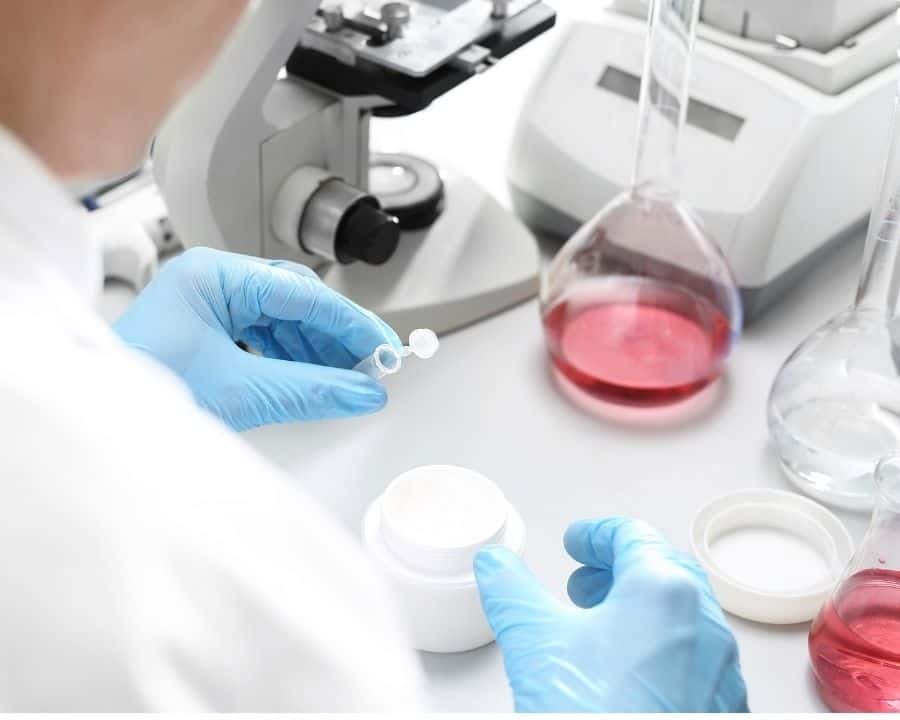
What is the Role of Paper Chromatography in Cosmetics?
Combining a variety of pigment components results in different lipstick hues.
If you work as a chromatographer, you can use paper chromatography to separate these pigments. Porous paper is a material from which you can make the stationary phase.
Then, the lipstick is carried through the stationary phase by the mobile phase. After that, it separates into individual colored pigments.
Easy, right?
What Role Does TLC Play in the Industry?
TLC (Thin-Layer Chromatography) is a technique for separating components in a mixture.
You can do it on:
1. glass,
2. aluminum foil,
3. or plastic that you cover with an absorbent substance (ex: silica gel, aluminum oxide).
Conclusion
Each substance and product we use had to go through the hands of highly skilled researchers: every cream, foundation, moisturizer, and more.
Through the art of HPLC Chromatography, people developed new techniques and products.
Now that you know how to make something new, maybe you can think about changing the world with brand new products for the Cosmetics Industry!







